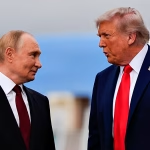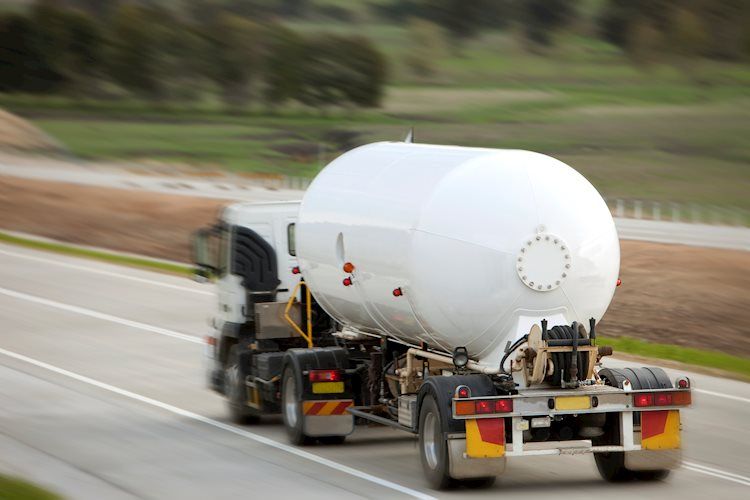European gas futures have experienced a decline for a third consecutive day due to ample inventories and subdued industrial demand outweighing supply fears, as reported by analysts Brian Martin and Daniel Hynes from ANZ. Despite concerns over geopolitical risks, such as Ukraine’s advancements into Russian territory and potential disruptions to gas transit, European storage facilities are currently 88.24% full, well above normal seasonal levels. Additionally, temperatures in northwest Europe have been milder, reducing the need for cooling demand.
Even though Europe has a sufficient supply of gas heading into the heating season, geopolitical tensions persist, with the risk of disruptions in gas supply remaining high. North Asian LNG prices have reached a two-month high due to strong summer demand, particularly in South Korea and neighbouring importers. Brazil has also emerged as an aggressive buyer of LNG in response to dry weather impacting its hydropower generation, leading to an increased reliance on gas-fired power.
The ongoing geopolitical risks have placed a shadow over the European gas market, despite the healthy inventories and current lacklustre industrial demand. With Ukraine making advancements into Russian territory and the potential for disruptions in gas transit, there is a level of uncertainty lingering in the market. North Asian LNG prices have surged to a two-month high due to robust power demand from air conditioning in South Korea and neighbouring importers, as well as increased buying activity from Brazil as it faces challenges in hydropower generation.
The dynamics of the European gas futures market are influenced by a combination of factors, including geopolitical risks, weather conditions, and industrial demand. Despite the current healthy inventories and subdued industrial activity, the market remains cautious due to potential disruptions in gas supply and geopolitical tensions. North Asian LNG prices have surged to a two-month high as summer heat drives up demand, particularly in South Korea and neighbouring importers. Brazil’s increased buying activity in LNG is a response to dry weather impacting hydropower generation and the need to rely more on gas-fired power generation.
As Europe enters the heating season with ample gas inventories, the market is also closely monitoring geopolitical risks that could potentially disrupt the supply chain. With storage facilities at 88.24% full and industrial demand remaining lacklustre, the market is also impacted by temperatures in northwest Europe, which have been milder compared to the south, resulting in lower cooling demand. North Asian LNG prices have surged to a two-month high due to strong air conditioning demand in South Korea and neighbouring importers, as well as increased buying activity from Brazil. The geopolitical risks, combined with weather conditions and industrial demand, continue to affect the European gas market’s dynamics.
In conclusion, while European gas futures have experienced a decline for three consecutive days, the market remains cautious due to geopolitical risks and potential disruptions in gas supply. Despite ample inventories and subdued industrial demand, the market is closely monitoring developments in Ukraine and Russia, as well as weather conditions and power demand in North Asia and Brazil. The dynamics of the European gas market are influenced by a combination of factors, highlighting the interplay between supply, demand, and geopolitical uncertainties.









